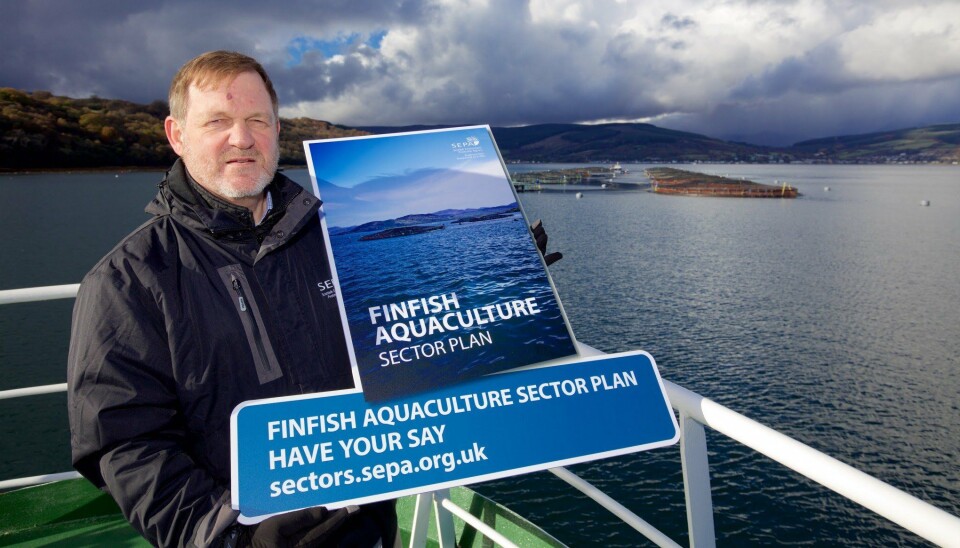
Stronger salmon farm rules due in weeks, says SEPA
The Scottish Environment Protection Agency (SEPA) has revealed that it will launch its “strengthened” salmon farming regulatory regime at the end of the month.
SEPA said in a post on social media that its officials met with “stakeholders” last Thursday to talk through the technical detail of its modelling, monitoring and permitting regime.
In another tweet, SEPA chief executive Terry A’Hearn said: “Lots of hard work by many @ScottishEPA staff, lots of consultation with the community and business, lots of high quality science, lots of review. Pleased we are close to finalising our new regulatory framework for #aquaculture.”

Around 275 people attended across nine community drop-in events held towards the end of last year in the Highlands and Islands as part of a consultation over the proposals in SEPA’s Finfish Aquaculture Sector Plan.
In addition, approximately 120 responses to the consultation, which ended on December 24, were received and been analysed by SEPA.
The proposals included:
- A tighter standard for the organic waste deposited by fish farms.
- More powerful modelling using the best available science, replacing the current 15-year-old framework.
- Enhanced environmental monitoring and creation of a new SEPA enforcement unit to ensure compliance.
- A new interim approach for controlling the use of in-feed anti-lice drug emamectin benzoate (Slice).
- A new approach that could allow for larger farms than traditionally approved, provided they are appropriately sited in sustainable locations.
The proposals followed a survey undertaken by marine scientists, using research vessel the Sir John Murray, to examine the environmental impacts from eight fish farms.
The scientists analysed 302 chemical samples from 93 sample stations for emamectin benzoate and another anti-lice compound, Teflubenzuron, last used in 2013. The medicines were detected in 98% and 46% of samples respectively, with residues more widely spread in the environment around fish farms than had previously been found.
SEPA’s Finfish Aquaculture Sector Plan, which includes an annex on discharges from marine cage fish farms, can be downloaded here.
Its Fish Farm Survey Report is available here and a statement about emamectin benzoate limits is available here.






















































